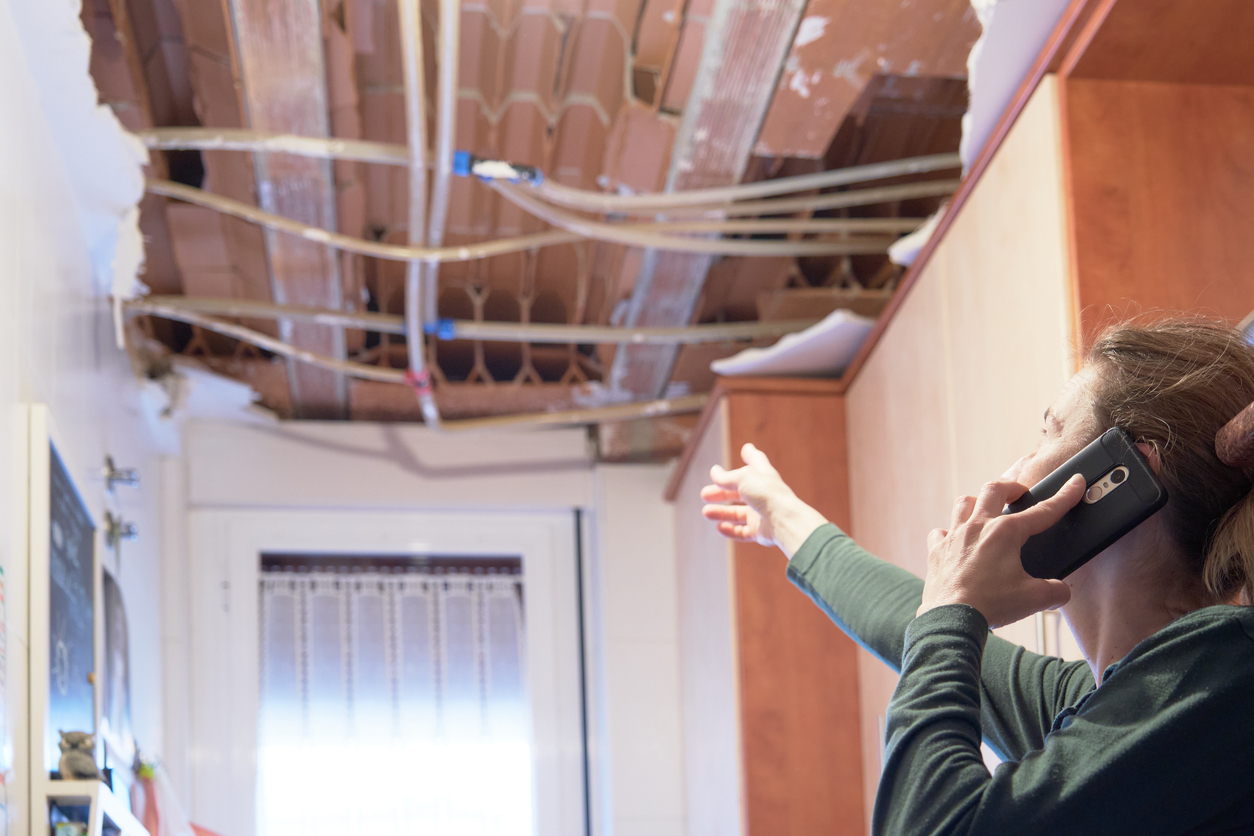As a homeowner, ensuring your roof is in good condition is critical to maintaining the integrity of your house. Over time, weather events, wear and tear, and even accidents can leave you wondering, how to get insurance to pay for roof replacement. If you’re facing roof damage and questioning whether your homeowners insurance will cover the costs of a new roof, this guide will help you understand the process and increase your chances of a successful claim.
How Homeowners Insurance Covers Roof Replacement
Homeowners insurance typically covers roof replacement when the damage is caused by covered perils such as storms, hail, fire, or vandalism. However, general wear and tear or damage caused by neglect are usually excluded. It’s essential to know what your policy covers before filing a claim. The process of filing a claim for roof replacement can be complex, but knowing how to present your case is crucial to getting the insurance company to foot the bill.
Common Covered Perils Include:
- Storm Damage: High winds, hail, or hurricanes can damage your roof, and most policies will cover such events.
- Fire: If a fire causes damage, your policy is likely to cover the replacement.
- Vandalism: Unexpected events like vandalism might also be covered.
When filing a claim, it’s important to ensure that the damage aligns with a covered peril. Your insurer will investigate to determine if the claim is valid and if you’ve maintained your roof properly.
Should I Use Insurance to Replace My Roof?
Many homeowners wonder, should I use insurance to replace roof, especially when the damage isn’t too severe. In some cases, you might consider paying out of pocket, especially if the damage is minor and doesn’t exceed your deductible. However, for extensive damage, utilizing your insurance can save you thousands of dollars.
Pros of Using Insurance:
- Cost Savings: Insurance can cover most or all of the repair or replacement cost, which can be substantial.
- Preserve Home Value: A damaged roof can reduce your home’s value, and insurance can help maintain it.
- Avoid Further Damage: Leaving roof damage unattended can lead to more severe issues, such as water damage or mold.
Cons of Using Insurance:
- Premium Increases: Filing a claim can potentially lead to higher premiums.
- Claim Denials: If the damage is deemed as wear and tear or due to lack of maintenance, your claim could be denied.
It’s important to evaluate the extent of the damage and consider whether filing a claim is in your best financial interest.
Should I Tell Insurance About My New Roof?
Another common question homeowners ask is, should I tell insurance about new roof installations. The answer is yes, and here’s why: notifying your insurance company about your new roof can actually work in your favor. A new roof can be viewed as a risk-reducing measure, which may lower your premium.
Benefits of Informing Your Insurance:
- Potential Premium Reduction: New roofs are more durable and less likely to suffer damage, leading to a possible reduction in premiums.
- Policy Updates: Keeping your insurer informed ensures that your coverage accurately reflects the current state of your home.
- Proof of Maintenance: Providing evidence of your roof’s condition could help with future claims.
Not updating your insurance company could lead to issues if you file a future claim. It’s always a good idea to keep your insurance provider updated on any significant changes to your home.
Steps to Get Insurance to Pay for Roof Replacement
If you’re ready to file a claim, follow these steps to improve your chances of success.
1. Document the Damage
Start by taking detailed photos of the damage and making notes of any events that led to the issue, such as a storm or falling debris. The more evidence you can provide, the stronger your claim will be.
2. Get a Professional Inspection
Hiring a professional roofing contractor to assess the damage can provide you with an accurate estimate and a thorough understanding of what repairs are needed. This can help when negotiating with your insurance company. Roof Damage Claims specialists can also assist in assessing and filing your claim.
3. File the Claim Promptly
Time is of the essence when it comes to insurance claims. Most policies have time limits, so it’s essential to file your claim as soon as the damage occurs. Delaying the claim could result in a denial, especially if additional damage occurs during the waiting period.
4. Work with a Public Adjuster
Consider working with a public adjuster to maximize your claim. Public adjusters are experts in negotiating with insurance companies and can help you get the best possible outcome. They handle the back-and-forth communication, allowing you to focus on your home.
What If Your Claim is Denied?
There’s always the possibility that your claim could be denied, especially if the insurance company deems the damage to be from lack of maintenance or wear and tear. If this happens, don’t panic. You can take a few steps to appeal the decision.
Steps to Take After a Denied Claim:
- Review Your Policy: Carefully read your policy to ensure you fully understand what is covered and what isn’t.
- Request a Reassessment: If you believe your claim was wrongly denied, ask for a reassessment.
- Hire an Attorney: If you’re having difficulty with your claim, a lawyer specializing in Residential Homeowners insurance disputes can help you fight for your rightful compensation.
Call to Action: Protect Your Home and Your Investment
If you’re dealing with roof damage and wondering whether your homeowner’s insurance will cover the costs of a new roof, don’t delay. Contact Roof Damage Claims specialists to help you navigate the claims process and ensure you get the best possible outcome.
Properly maintaining your roof, staying informed about your insurance coverage, and knowing how to file a claim can save you time, money, and stress. By taking the right steps and ensuring your roof is in good hands, you can rest easy knowing your home is protected.
Final Thoughts
Understanding how to get insurance to pay for roof replacement is crucial for homeowners dealing with roof damage. By knowing what’s covered, when to file a claim, and how to work with your insurer, you can increase your chances of receiving compensation. Whether you’re installing a new roof or dealing with damage, keeping your insurance company informed and documenting everything is essential to protecting your investment.



